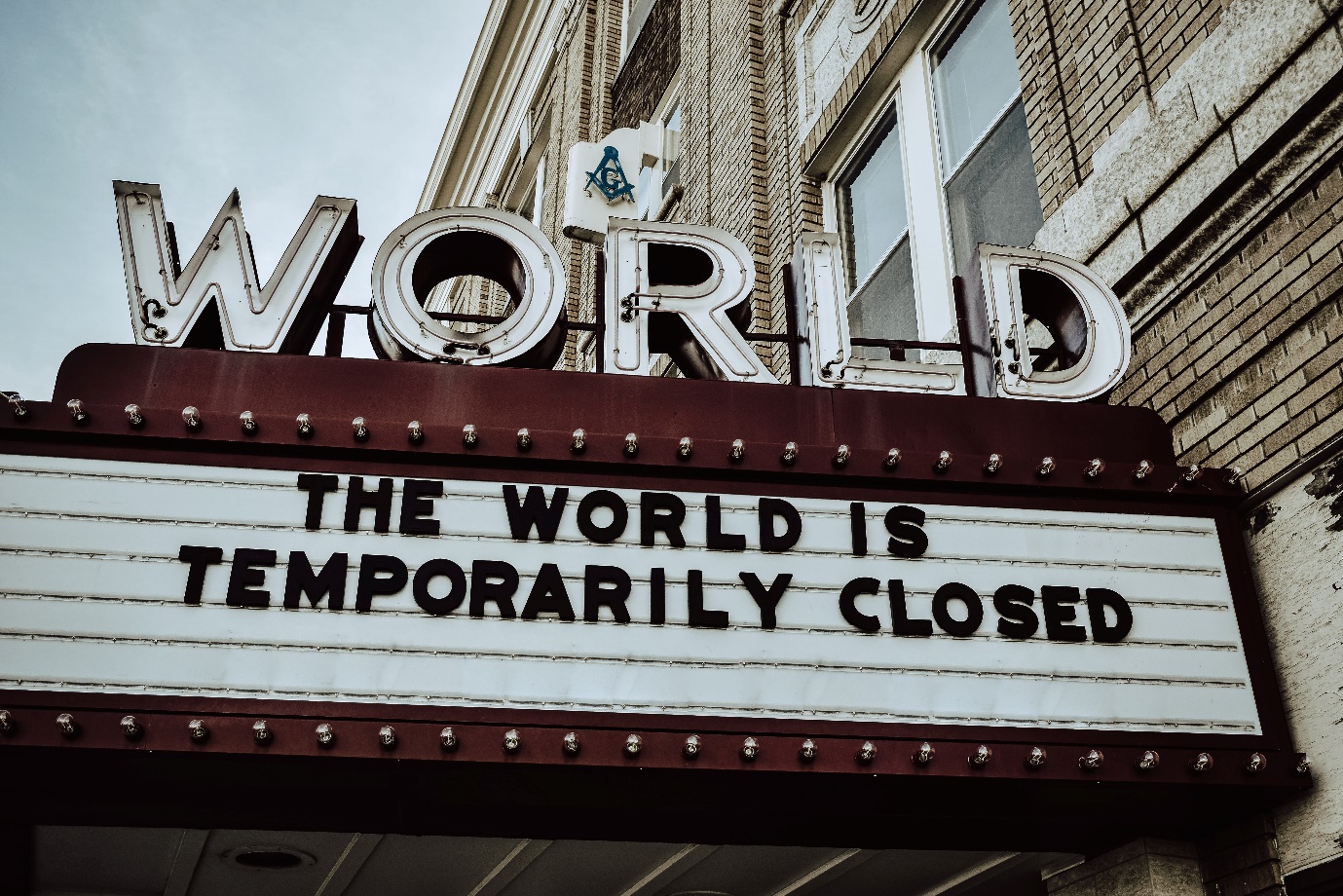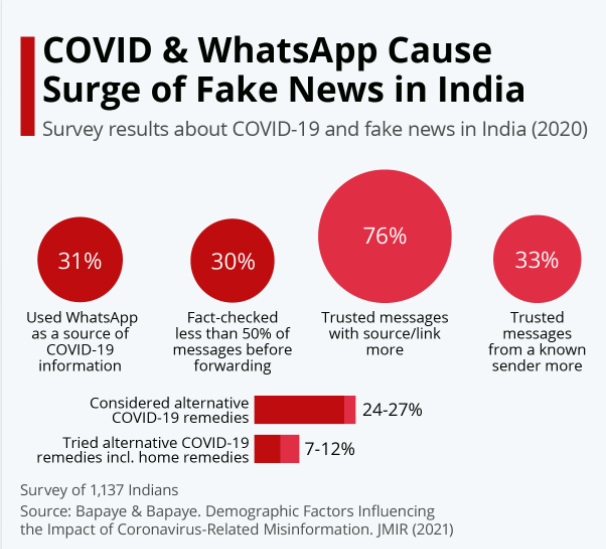The Pandemic of Misinformation
Research suggests India produced the largest amount of social media misinformation on COVID

Photo: Edwin Hooper
Nov. 15, 2021
It wasn’t very long ago when the pandemic took our sufficiently topsy-turvy world and gave it a plot twist none of us could imagine. But as plot twists usually go, this one too found its place in the larger scheme of the story.
What began with utter disbelief on our part, was soon overcome by our universal tendency to adapt. A few days after the first lockdown, pandemic-oriented vocabulary had penetrated our homes to the extent that toddlers who were previously struggling to pronounce their names were now effortlessly using the words ‘quarantine’, ‘symptom’, ‘sanitise’, and so on.

Photo: Statista
In contemporary times, as Jala Rizeq and colleagues explain, more concerning than a dearth of information is the acquisition of unreasonable beliefs not backed by evidence. This isn’t just true for the pandemic, but rather for many of the belief systems to which we subscribe. Be it our attitude towards a new policy, the news, or even a particular group of people. It has become increasingly tempting to construe everyday occurrences as part of a bigger narrative controlled by a small group of people.
A study by Karen M. Douglas and colleagues in 2017 categorised the factors that may motivate people to engage with conspiracy beliefs as epistemic, existential, or social.

Photo: Health Analytics Asia
Lastly, social factors such as the desire to have access to information others may not have, or to think of one’s ingroup as morally right and an outgroup as the evildoer may motivate us to conform to these beliefs.

Photo: Jorge Franganillo
(Author: Samreen Chhabra works as a Senior Research Fellow at Jindal Institute of Behavioural Sciences)
